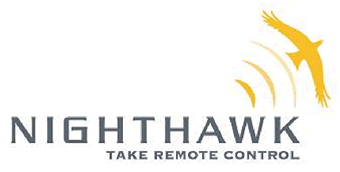BloostonLaw Private Users Update Published by the Law Offices of Blooston, Mordkofsky, Dickens, Duffy & Prendergast, LLP [Selected portions reproduced here with the firm's permission.] www.bloostonlaw.com | Vol. 7, No. . 12 | December 2007 |
FCC Grants ViaSat Blanket Authority To Operate Earth Stations Aboard Aircraft The FCC has granted ViaSat, Inc., blanket authority for domestic operation of up to 1,000 technically identical transmit/receive earth stations aboard commercial aircraft. These earth stations will provide Aeronautical Mobile Satellite Service (AMSS), using the standard Ku-band frequency ranges 14.0-14.5 GHz (Earth-to-space) and 11.7-12.2 GHz (space-to-Earth), to link with leased transponders aboard the AMC-6 satellite operating at the 72º West Longitude orbital location. The ViaSat aircraft earth stations will provide two-way broadband communications for passengers and aircrew members aboard commercial airliners and private business jets, with access to email, the Internet, and corporate virtual networks. ViaSat’s planned AMSS system, which the applicant refers to by the trade name “Arclight,” is designed to provide two-way broadband data communications via satellite radio links between aircraft earth stations (AES’s or AES terminals) and a Ground Earth Station (GES) and Network Operations Center (NOC). ViaSat proposes to use a previously-licensed GES located in Carlsbad, California, for this purpose, which ViaSat currently operates to support ARINC’s “SkyLink” AMSS system. The Arclight AMSS NOC would be co-located with the GES. Arclight AES terminals, which have been certified by the Federal Aviation Administration (FAA), are comprised of three major sub-assemblies: an Airborne Integrated Transceiver Router (AITR), an Antenna Control Unit (ACU) and a Tail-Mount Antenna Subsystem (TMASS). The AITR performs multiple functions, which include packet routing at the local area network interface, IP data encapsulation and recovery, downlink demodulation and decoding, uplink encoding and burst modulation, implementation of power and frequency control algorithms, network communications with the NOC, and control of the TMASS via the ACU. The main component of the TMASS is a steerable 0.2921 meter (11.5 inch) parabolic reflector antenna, which can rotate in 3 axes and can receive in the 11.7-12.2 GHz band while simultaneously transmitting in the 14.0-14.5 GHz band. The ACU uses data received from the aircraft inertial navigation system to continuously control the AES antenna so that it points at the target satellite as the aircraft executes flight maneuvers, with total root mean square pointing error of less than 0.1° in normal operation. Any aircraft maneuver or navigational failure that prevents the antenna from properly pointing to the target satellite will disrupt the received signal, with resultant shut down of the AES transmitter within one second by on-board fault management controls designed to stop transmission in the event of AES hardware failure or out-of-tolerance operation. To establish a connection, an Arclight AES must initiate a login sequence after processing a periodically transmitted configuration message from the NOC via the assigned satellite transponder. After processing the configuration message, the AES transmits a login burst lasting approximately 16 milliseconds at a low power level. If no response is received from the NOC, the AES transmits successive login bursts at 10-second intervals, incrementally increasing power in 1-decibel steps up to a pre-configured maximum. If no response is received after attempting login at the maximum power level, the AES continues login attempts in a different frequency channel, starting at the lowest power level again. Arclight AES terminals that are logged in transmit data in bursts at random time intervals, using a Code Division Multiple Access “Aloha” contention access protocol and Direct Sequence Spread Spectrum modulation with forward error control. The power of the data transmissions from a logged-in AES terminal is dynamically controlled by the NOC, using a closed-loop algorithm that takes into account the Eb/No ratio (energy per bit divided by noise density) of data transmissions received by the GES and the aircraft’s location in relation to the gain/noise-temperature contour of the satellite antenna. The NOC also controls AES transmitter duty cycles and data-transmission rates, which can vary from 32 kbps to 512 kbps, and corrects frequency errors in AES transmissions. ViaSat has filed a copy of a coordination letter signed by SES Americom, the licensed operator of the AMC-6 satellite. In the letter, SES states its understanding that ViaSat will operate the Arclight AMSS system in such a way that aggregate off-axis e.i.r.p. from Arclight AES terminals will “always [be] equal to or less than that of routinely authorized VSAT [Very Small Aperture Terminal]” remote stations. In other words, the aggregate off-axis e.i.r.p. will always be within the routine-licensing off-axis radiation envelope. Further, AES operations would be consistent with coordination agreements between SES and operators of adjacent satellites. The off-axis radiation limits that ViaSat proposes are acceptable to PanAmSat, the operator of the only co-frequency satellite within six degrees of the AMC-6 satellite. The FCC concluded that it would serve the public interest to authorize Arclight operation within those limits, subject to certain conditions and any additional requirements imposed in the pending Ku-Band AMSS rulemaking. In the event another co-frequency FSS satellite commences operation at a location within six degrees of the target satellite, ViaSat shall confine aggregate off-axis radiation to a level one dB below the routine-processing limits, pending coordination with the operator of the new satellite. Both previous recipients of license authority for Ku-band AMSS operation voluntarily proposed to keep off-axis radiation from single terminals within a one-dB margin below the routine-processing limits and to keep aggregate off-axis radiation within that margin for all but a small fraction of the time. In view of the fact that ViaSat is proposing to operate with random-access protocols that would allow simultaneous operation by multiple terminals, we think it is reasonable to require ViaSat to meet a similar restriction during any period of time when its AMSS operation has not been coordinated with respect to an operational co-frequency satellite within six degrees of the target satellite. The FCC believes this requirement will minimize the possibility of unacceptable interference to other licensed operations. In addition to proposing off-axis e.i.r.p. limits for Ku-band AMSS systems, the Commission proposed several other technical requirements in the Ku-Band AMSS NPRM based on recommendations in ITU-R M.1643 to minimize risk of harmful interference with co-channel FSS systems. Specifically, the Commission proposed to adopt the following requirements pertaining to operation of Ku-band AES terminals: maintaining pointing accuracy within 0.2 degrees; use of tracking algorithms that are resistant to capturing signals from adjacent satellites; immediate cessation of transmission upon detection of unintended satellite tracking; operational control by an NOC located in the United States that can detect AES malfunctions and send “enable transmission” and “disable transmission” commands to the AES terminals; automatic cessation of AES transmission upon receipt of a parameter-change command pending receipt of an enable-transmission signal from the NOC; and on-board fault detection with automatic shutdown upon detection of a fault that could result in harmful interference. Based on review of the subject application, the FCC concluded that operation of the Arclight AMSS system would satisfy these proposed requirements. BloostonLaw contacts: Hal Mordkofsky, John Prendergast, and Gene Maliszewskyj. FCC Partially Grants Placer County Construction Waiver The FCC has partially granted the County of Placer, California’s Request for Extension of Time to Construct 10 Paging Licenses. Placer had requested a waiver of the construction requirements for 10 geographic-based Part 22 paging licenses until July 30, 2012. The Commission, however, extended the July 30, 2007, construction deadline for the subject licenses to December 31, 2009. Placer acquired the 10 licenses (where each license is a channel pair) for the Sacramento – Yolo, California Economic Area (EA) in May 2005 via an assignment of licenses from Cook Telecom, Inc. As part of the assignment application, Placer requested a waiver of the Commission’s rules to operate the Part 22 paging channels for a countywide public safety network. Placer stated that it operates a countywide communications system that serves the Placer County Sheriff (Office of Emergency Services, Fire Dispatch), as well as other departments, and that it is deploying a new system using its Part 22 paging frequencies. Placer stated that it has developed a three-phase approach to construct its new system, and that it is currently in the third phase. In the first phase, Placer developed a strategy for deploying a new system, acquired the necessary spectrum, conducted detailed engineering studies, and upgraded tower sites. In the second phase, Placer obtained federal and state funding, upgraded Sheriffs’ dispatch centers, and expanded radio infrastructure and towers. Placer stated that the third phase consists of constructing and testing its new system, implementing new technology at the local agency level, and managing and maintaining the new network. Placer stated that it expects to complete construction of its countywide system by the end of 2009. Placer, however, requested an extension of time to construct until the end of its license term, which is July 30, 2012, out of an abundance of caution. The FCC said it believes that the public interest would be served by extending the construction deadline for the 10 licenses until December 31, 2009 (the time in which Placer states that it will complete its construction). While such lengthy extensions are not routine, the FCC said it is justified in this instance, given the challenges in constructing a countywide public safety network and Placer’s diligence in taking steps to use its Part 22 paging licenses. Placer plans to deploy a new countywide public safety system utilizing the spectrum associated with its Part 22 paging licenses, which it acquired in the secondary market two years ago. Although Placer has held the licenses for only two years, it has made progress towards completing construction of its countywide public safety system, the FCC said. The Commission added that it expects that such a system will provide critical communications to first responders and other public safety users and, accordingly, will benefit the public with an enhanced public safety communications system. “Placer’s commitment to construct such a system, including its efforts in obtaining both state and federal funding leads us to conclude the public interest would be served by an extension of the construction requirements in this instance,” the FCC said. “However, because Placer states that it will conclude its construction by the end of 2009, an extension until the end of its license term is not necessary. We, therefore, grant an extension of time to construct until December 31, 2009.” BloostonLaw contacts: Hal Mordkofsky, John Prendergast, and Richard Rubino. FCC Adopts Low Power FM Radio Rules, NPRM The FCC, at its November open meeting, adopted a wide-ranging series of ownership, eligibility and technical rules and sought comment on additional technical matters in the Low Power FM Third Report and Order and Second Noticed of Proposed Rulemaking (NPRM). In the Order, the Commission adopted a number of rules and policies designed to foster and protect LPFM radio service which creates opportunities for new voices on the airwaves and to allow local groups, including schools, churches, and other community-based organizations, to provide programming responsive to local community needs and interests. The Commission’s action includes changes to strengthen and promote the long-term viability of the LPFM service, and the localism and diversity goals that this service is intended to advance. The Order: - Allows the transfer of LFPM licenses subject to significant limitations.
- Reinstates the Commission’s rule that all LPFM authorization holders be local to the community and limits ownership to one station per licensee.
- Clarifies that repetitious, automated programming does not meet the local origination requirement.
- Encourages voluntary time-sharing agreements between applicants.
- Imposes an application cap on 2003 FM translator window filers.
- Limits the responsibility of LPFM stations to resolve interference caused to subsequently authorized full-service stations.
- Establishes a procedural framework for considering short-spacing waivers and a going-forward displacement policy for LPFM stations.
In the Second NPRM, the Commission seeks comment on technical rules that could potentially expand LPFM licensing opportunities. The FCC tentatively concludes that full service stations must provide technical and financial assistance to LPFM stations when implementation of a full service station facility proposal would cause interference to an LPFM station. It also tentatively concludes that it should adopt a contour-based protection methodology to expand LPFM licensing opportunities. And it intends to address the issues in the NPRM within six months, and indicates that the next filing window for a non-tabled aural licensed service will be for LPFM. Finally, the Commission will recommend to Congress that it remove the requirement that LPFM stations protect full-power stations operating on third adjacent channels. Comments in this MM Docket No. 99-25 proceeding will be due 30 days after publication of the item in the Federal Register, and replies will be due 15 days thereafter. BloostonLaw contacts: Hal Mordkofsky and John Prendergast. |



















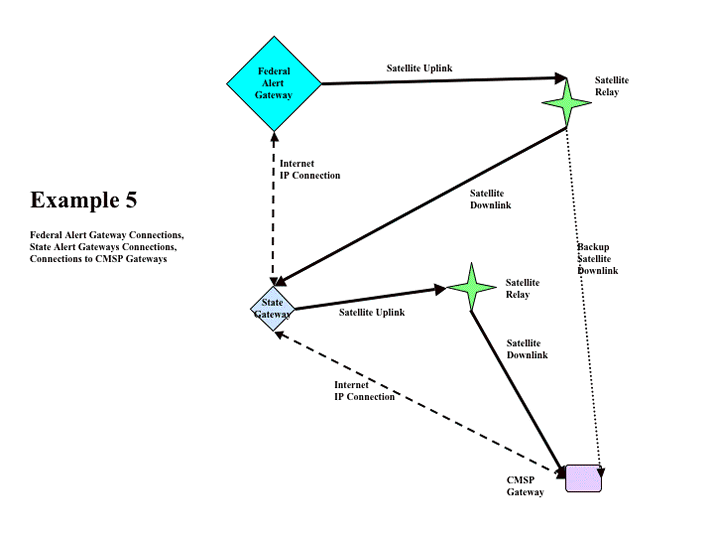
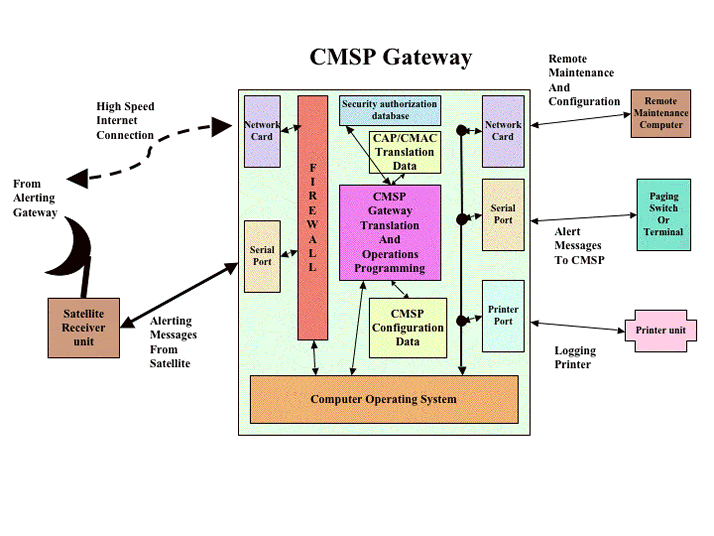
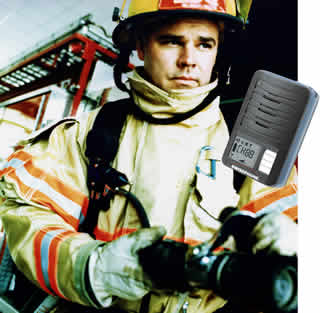
 Stopwatch
Stopwatch 

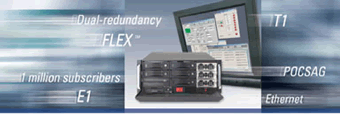



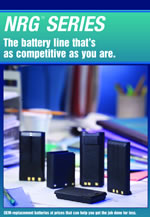




 ATM300
ATM300 











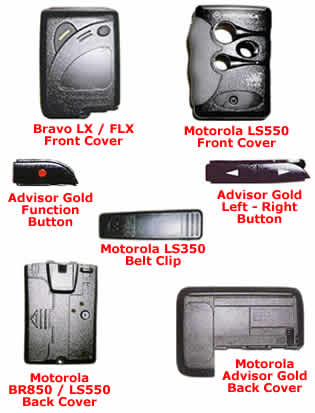

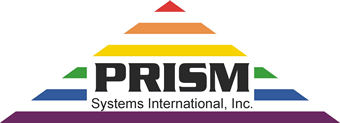


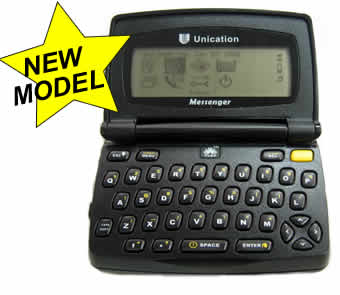








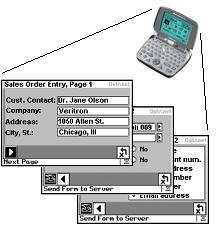 If you see someone in the field (like salespeople, technicians, and delivery people) using paper forms, their company could probably save a pile of money, and get much better timeliness, accuracy and efficiency, by using converting to Outr.Net's Wireless Forms. Custom applications for as little as $995, delivered in just a few days.Outr.Net has a web page on Wireless Forms for Timeports at:
If you see someone in the field (like salespeople, technicians, and delivery people) using paper forms, their company could probably save a pile of money, and get much better timeliness, accuracy and efficiency, by using converting to Outr.Net's Wireless Forms. Custom applications for as little as $995, delivered in just a few days.Outr.Net has a web page on Wireless Forms for Timeports at: 
